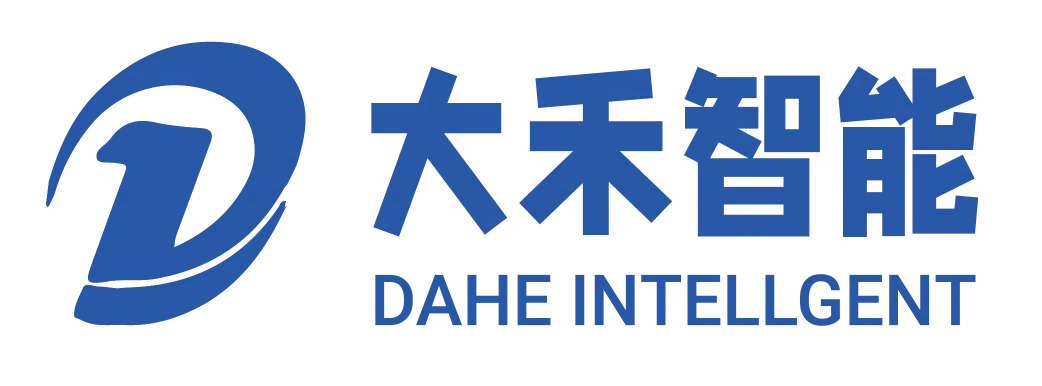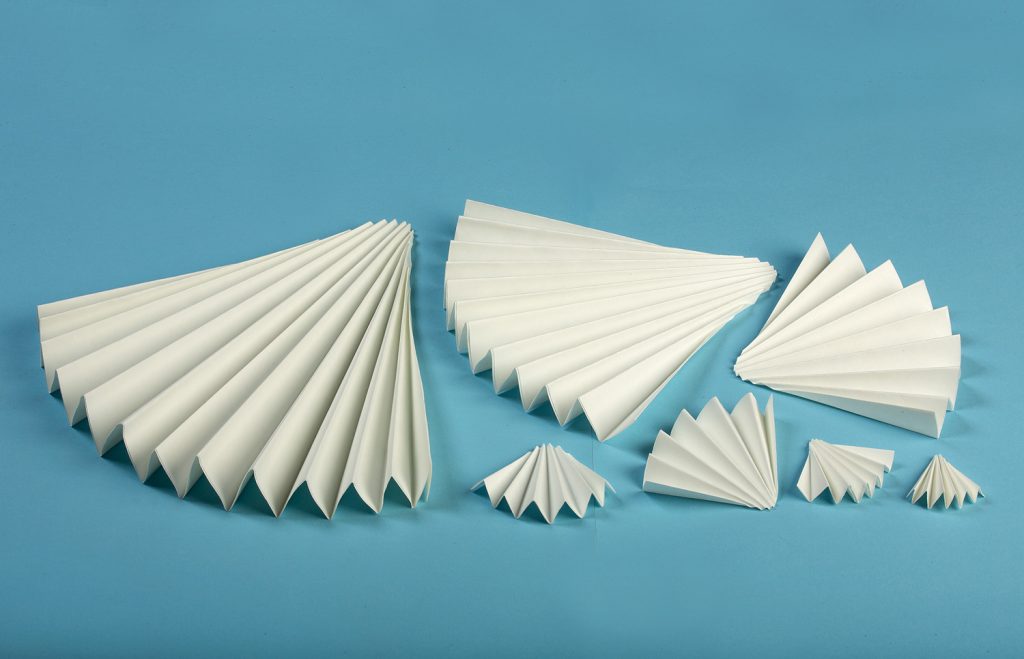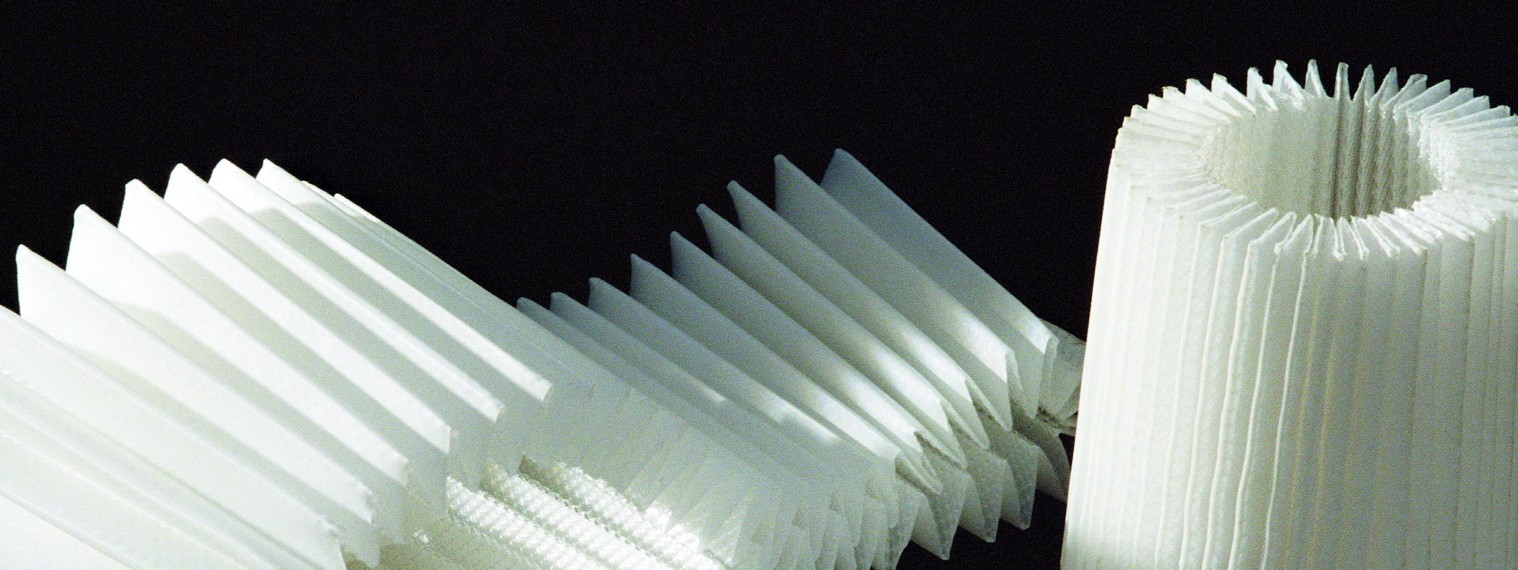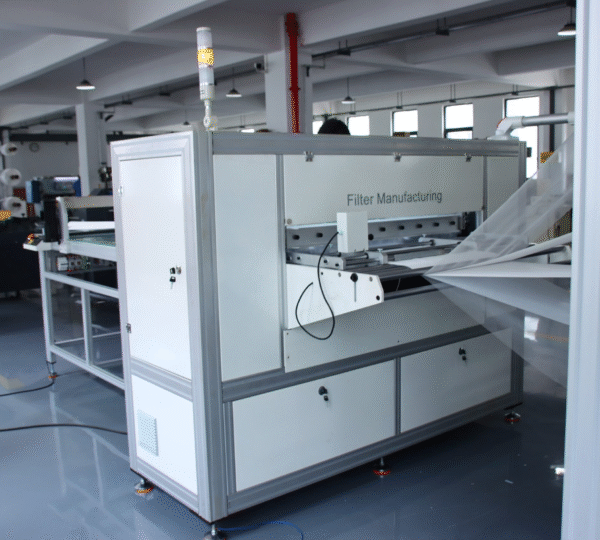Slight deviations in pleat alignment during the production of filter pleats can affect filter performance, reduce dirt-holding capacity, and cause premature failure. A paper pleating machine explicitly designed for filter pleat production must achieve micron-level accuracy to ensure that each is neatly stacked, optimizes surface area, and fits precisely into its housing. Of course, traditional pleating processes often rely on fixed cams or manual adjustments, which have difficulty adapting to changes in paper thickness, temperature, and humidity, resulting in repeated pleat misalignment problems, which frustrate operators and reduce product quality. To solve such issues, this guide will discuss how Dahe’s intelligent pleating machines can ensure perfectly aligned pleats every time.
Precise pleat compression with adjustable pressure bars of the paper pleating machine
The paper discharge section is the key to solving pleat misalignment problems on any paper pleating machine, where the folded filter media leaves the pleating head. Dahe’s paper pleating machine uses an adjustable pressure bar mechanism here to gently but firmly press the newly formed pleats into their final shape. Unlike fixed pressure rollers, our pressure bars are fine-tuned—operator-controlled via a touchscreen HMI or automatically via force feedback sensors—to apply just the right amount of pressure for each paper grade or composite media.
This adaptive pressure control addresses one of the most common causes of misalignment: variations in paper stiffness and thickness. The pressure bar reduces force when pleating thinner nanofiber layers to avoid crushing delicate fibers. The pressure bar increases pressure for heavier, multi-layer media to ensure crisp, well-defined pleats. With real-time monitoring, the system precisely controls the pressure bar force and pleat geometry, allowing the paper pleat to maintain edge-to-edge uniformity. This prevents pleats from expanding or narrowing, which can cause uneven stacking.
Stepper-motor-driven guide rails for variable pleat height
Traditional paper pleating machines rely on fixed-height platforms or manual shims to set the pleat depth, which is time-consuming and prone to error. We raise and lower the table using programmable stepper motors with sub-millimeter resolution, allowing the operator to select pleat heights from 1 mm to 12 mm in precise increments.
This dynamic height adjustment is critical when producing multi-size filters or prototypes. The system remembers preset pleat parameters for different product lines, enabling quick changeovers in under two minutes. By combining stepper motor-driven guides with synchronized motion control, the paper pleating machine ensures that each pleat maintains the intended height and angle, preventing cascading misalignments during downstream assembly.
Front Table Preheating for the paper pleating machine
Environmental factors, such as ambient temperature and paper moisture content, can significantly affect pleat consistency. To mitigate the effects of these variables, Dahe’s paper pleating machines integrate preheating capabilities into the front table. Before the paper enters the pleating head, infrared and conductive heaters slowly heat the media to a controlled temperature (typically 40-60°C), which reduces paper stiffness and enhances foldability.
Preheating serves various purposes. It reduces the fibers’ elastic rebound, allowing the creases to set quickly without springing back. At the same time, the temperature sensor feeds thermal data back to the central controller, which adjusts the heater output to maintain a stable set point even if room conditions change. The system regulates the temperature before forming each pleat, ensuring that it forms each fold neatly in the correct position.
Rear table heating and insulation for permanent pleat fixation
After the pleats are formed and compressed, the next step in the paper pleating machine is to finalize the folds to retain their shape during handling and assembly. Dahe achieves this through heating and insulation functions on the rear table. Here, the pleated media passes through a gentle heating zone, heated to around 80°C, under a lightweight insulation cover that retains heat while preventing operator contact.
This secondary heating step “fixes” sets the pleats, allowing the binder resin or adhesive coating in the paper to react or partially cure, locking the pleat geometry. The heat shield ensures even heat distribution across the pleat depth, avoiding edge cooling that could distort the pleat angle or depth. The result is a permanently stable pleat, preventing alignment shifts in subsequent processes.
Integrated control system, unified operation
To coordinate the interaction between bead adjustment, stepper drive height control, front preheating, rear heatin,g and insulation, Dahe’s paper pleating machines feature a centralized PLC-based control system with a user-friendly human-machine interface. The unified platform allows the operator to select a pleating recipe, which includes predefined parameters such as bead force, pleat height, preheat temperature, and rear heating. Heater settings. The PLC performs real-time adjustments based on sensor feedback: force sensors on the pressure bar, encoder positions on the guide rails, and thermocouple readings from both table areas. This integrated control architecture ensures that each pleat is formed, compressed, and shaped under ideal conditions.
Eliminate misalignment for superior filtration performance
Explicitly designed to solve the problem of fold misalignment, the paper pleating machine ensures consistency, durability, and precise alignment of each pleat. A comprehensive solution addresses all variables that affect pleat geometry by utilizing adjustable pressure bars, stepper motor-driven guide rails, front table preheating, rear heating, and insulation systems, and integrated control systems.





